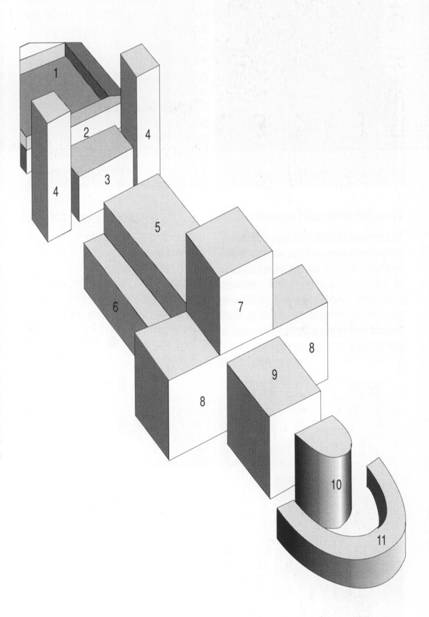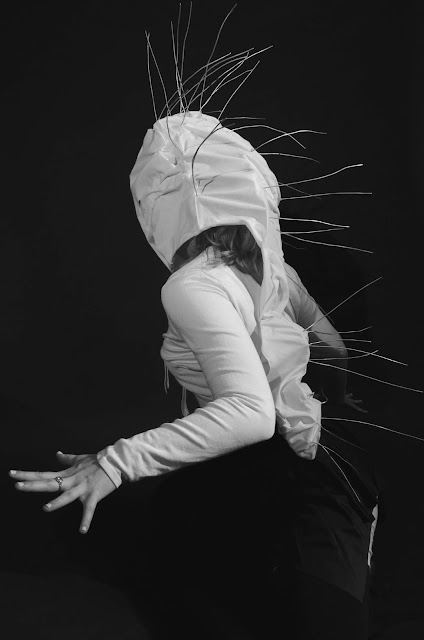Devlin's work for theater appeals to me because of the collaborative nature of set design. The idea of many coming together to share ideas that result in a sensory experience is very appealing to me. The final solutions are experiences that are expressive and meaningful.
The below quote is interesting to me because it addresses synaesthesia.
"Where do plays happen? What are we looking at when we sit in the theatre? For Devlin, it’s about entering a state that reconfigures the senses. “Mike Figgis once said to me, ‘Film is an illusion. You think you are watching it, but in fact you are hearing it. It’s the music that is driving your emotional response to the pictures you are seeing.’ When it works, there’s a synaesthesia in theatre that somehow allows you to hear pictures when you’re watching ‘The Tempest’, and see music when you listen to the Verwandlungsmusik of ‘Parsifal’.” - source is Es Devlin's Magic Circles, Intelligent Life. Link here.
 |
Scenes from "Les Troyens" by Berlioz. Designer Es Devlin creates a spectacular, fire-spewing Trojan horse.
|
 |
| Set design for Chimerica. Source for images above and text below is Behance. Link here. |
Lucy Kirkwoods new play explores the changing relationship between China and America through the eyes of a photographer who took one of the iconic "Tank Man" photographs in Tiannimen Square in 1989.
The set is a rotating white cube made up of multiple sliding panels creating doors, widows, openings, rooms, fish stall, appartments, strip clubs, newspaper offices and many other locations. The video design is a series of photographs, as if taken by the shows protagonist, mapped on to this cube. The images not olve move us from location to location but across continents and forwards and backwards in time.
Press:
"Es Devlin's superb design - an ingenious cube that revolves through time and space, drenched in Finn Ross's excellent projections of black-and-white contact sheets, each marked with a red editorial pen as a pertinent reminder that no photograph is unmediated." - The Indipendent
"Kirkwood deals with the ethics and practice of photojournalism; and this is dazzlingly reflected in Es Devlin's design, in which blown up, contact-sheet images are projected on to a revolving cube" - The Guardian *****
"superb use of photographic projections, often resembling the contact prints of news photographs. This is a stage show with the jump-cut fluidity of a film." The Telegraph
" The set, a little like an oversized camera, is a giant rotating cube with sliding apertures; on to its sides are projected video images, by Finn Ross, that conjure scenes from both Beijing and the Big Apple with filmic detail and elegance, along with scores of reportage-style pictures on contact sheets – the kind of photographs from which the world creates its narratives and its history." The Arts Desk













































